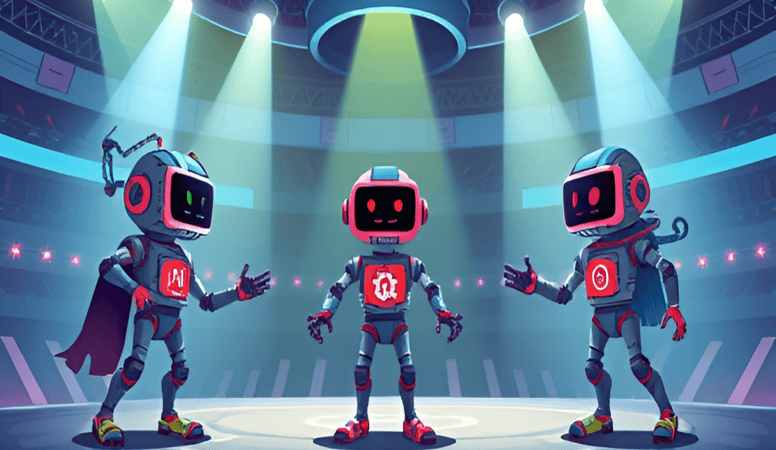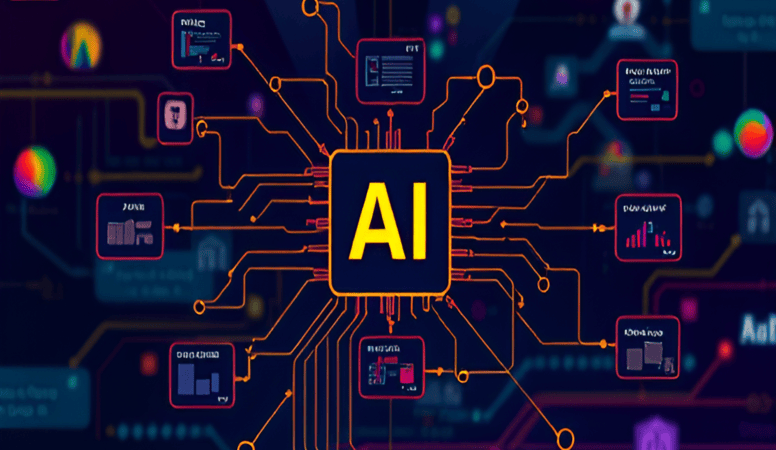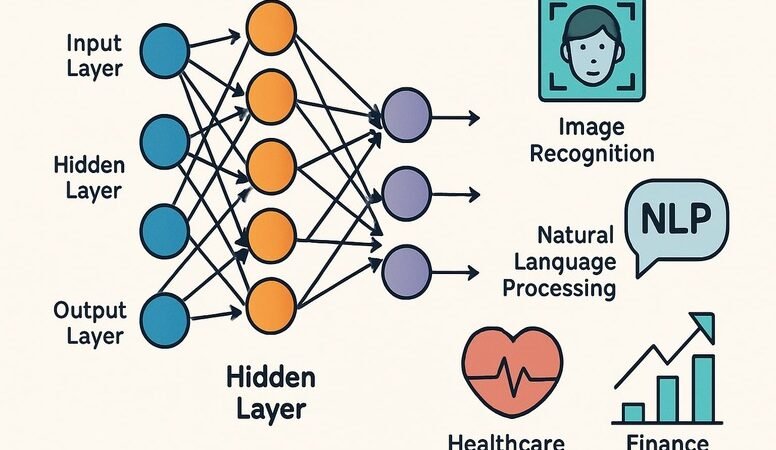Natural Language Processing (NLP) is a fascinating and rapidly advancing field of artificial intelligence that focuses on the interaction between computers and human languages. Let’s read and explore more about it.
What is natural language processing?
It is a branch of artificial intelligence that focuses on the interaction between computers and humans through natural language. By understanding and interpreting human language, NLP bridges the gap between human communication and digital data.
The importance of NLP in modern technology
NLP is crucial in today’s tech landscape. It enables more intuitive human-computer interactions. This technology powers various applications, from voice-activated assistants to language translation services. Consequently, it enhances the user experience and accessibility.
How NLP Works?
Tokenization: It breaks down text into smaller units, such as words or phrases. This is the first step in processing language data. It simplifies complex text for easier analysis.
Part-of-Speech Tagging: This identifies the grammatical roles of words. This helps in understanding the structure and meaning of sentences. It is essential for accurate language interpretation.
Named Entity Recognition: It locates and classifies key information in text. It identifies names, dates, and specific terms. NER is vital for extracting meaningful data from large text corpora.
Challenges in NLP
Despite its advancements, NLP faces several challenges. One major issue is understanding context and nuance in human language. Sarcasm, idioms, and cultural references can be difficult for machines to interpret accurately. Additionally, the vast diversity of languages and dialects poses significant hurdles.
Key Applications of NLP
Voice Assistants: Voice assistants like Siri, Alexa, and Google Assistant rely heavily on NLP. They process spoken commands, providing accurate and timely responses. These assistants are becoming indispensable in daily life.
Language Translation: NLP facilitates real-time language translation. Tools like Google Translate help break down language barriers. They allow seamless communication across different languages, fostering global connectivity.
Sentiment Analysis: It is a tool used by businesses to understand what customers think. By analyzing social media posts, reviews, and feedback, companies gain insights into customer satisfaction. This helps in refining products and services to better meet customer needs.
The future of NLP
The future of NLP is promising. Continuous research and development are paving the way for more sophisticated applications. As NLP technology advances, it will become more adept at understanding and generating human language. This evolution will further revolutionize human-computer interaction.
Conclusion!
Natural language processing is revolutionizing our interactions with digital devices. Its applications in voice assistants, language translation, and sentiment analysis are just the beginning. With ongoing advancements, NLP will continue to enhance communication and bridge the gap between humans and machines.









Pingback: The evolution of Artificial Intelligence through the time.